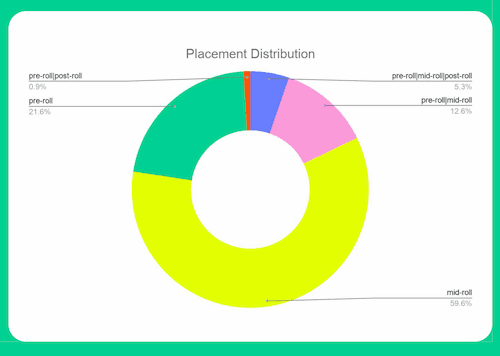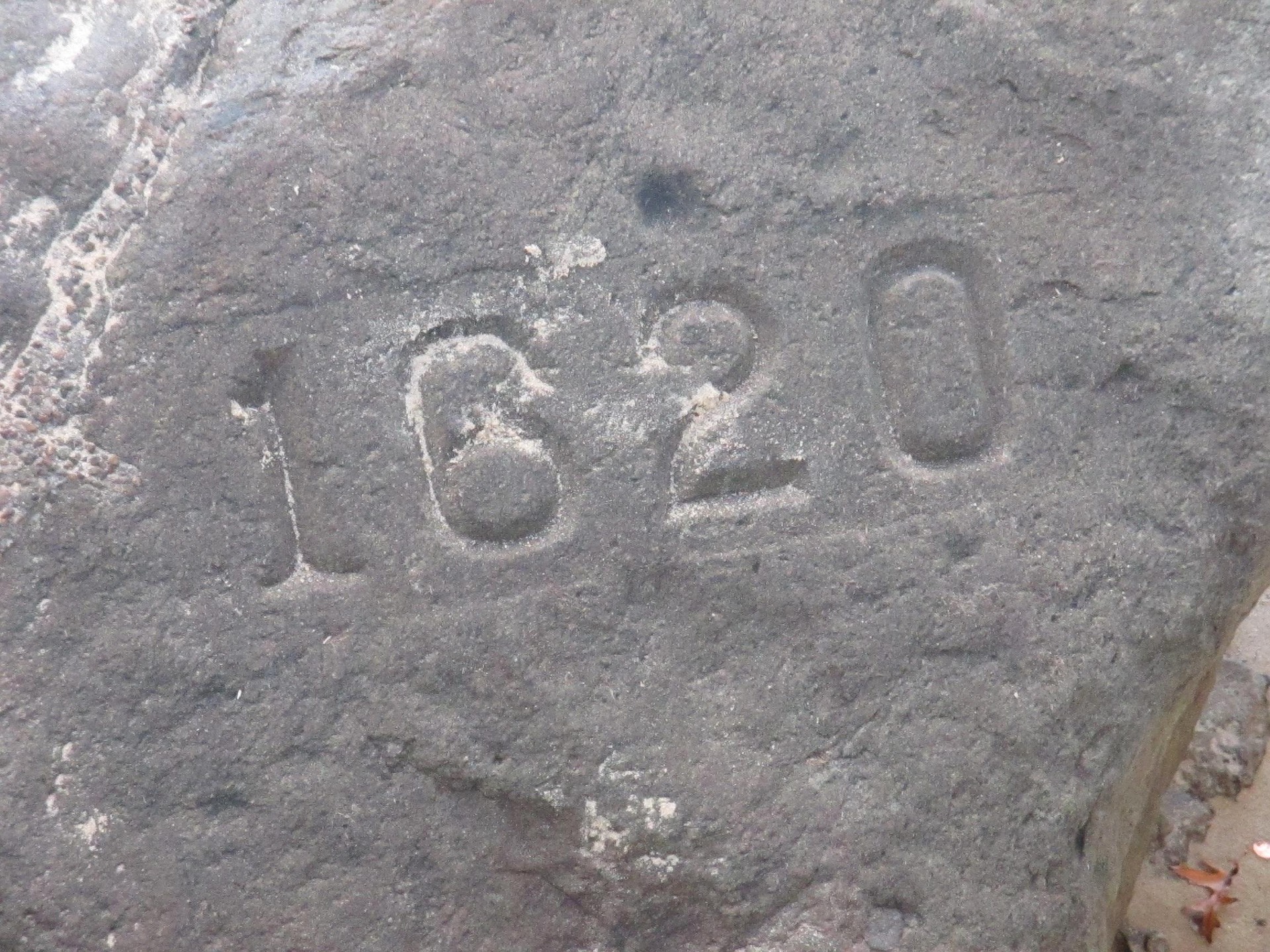Beginning With the End
Now that I’ve got your attention, when was the last time you listened all the way to the end of a podcast?
My most listened to podcast is Critical Role, a four hour weekly Dungeons and Dragons podcast. While my draw to the geeky content might not be surprising, I have never listened to the last five minutes of any of the over one hundred episodes I’ve heard. Can you imagine that? Four hundred hours of content consumed, and I can’t be bothered to listen to the last five minutes.
According to RAJAR’s MIDAS survey from Q2 2020 (p.14), I’m not the only one out there with a podcast graveyard of episodes listing “X minutes left” in their library. Only 65% of the 2,351 UK-based audio listeners surveyed finish the entire episode. That’s a big graveyard full of unlistened to, but still counted, post-roll ads.
In radio and cable television, a post-roll ad makes a ton of sense. The listeners and viewers are actively being coerced into tuning into the next segment or show. It’s a continuous stream of content that we’re tuning into, where one program flows directly to the next without any human intervention required.
But with the on demand nature of podcasting, we often “skip ahead” to the next episode. Especially if our listening queue is long. So we miss a lot (most?) of the ads placed in the post-roll position.
Maybe it’s time we rethink the value of the post-roll ad placement. Or maybe, we embrace that not every concept from other media channels fits perfectly into our world, and distance ourselves from it completely.
Reading the Tea Leaves
Have you had a chance to check out Podsights Q3 2020 Benchmark Report? This free 33 page report has a lot of killer insight, but the absolute lack of post-roll inclusion is what stuck out to me the most.

Podsights Q3 2020 Benchmark Report, p.6
This report covered 1.6bn impressions across 804 campaigns, representing $38m in spend.
Or in post-roll terms, zero dollars were spent on solely post-roll, with less than 50 of those campaigns even include post-roll, alongside preroll and midroll.
I reached out to my publisher friends to ask for their thoughts about ad placements, specifically post-roll. One major publisher stated “We do not sell post-roll ad spots as standalones…you could buy them that way, but we never get bites. […] No one in the market wants this inventory.” While at least two others confirmed they don’t sell them at all, all of them confirmed they still keep the placement configured.
So post-roll as it stands clearly isn’t working. Or at least isn’t seen as valuable enough to buy. But to fix that, we need to understand a bit more about what we’re working with.
The Fundamentals
At the risk of being cheeky, an ad placement is literally where an ad is placed in conjunction with the rest of the audio content. Ideally when you’re recording the podcast, you’re planning breaks in the content where an ad would fit naturally. Then, when the episode is uploaded into your hosting platform, it’s easy to identify those spaces for dynamic ad placements.
These placements are broken down into three categories: preroll, midroll, and post-roll. While the prefix of the words help figure out generally where in the show each goes, it’s unsurprising that there’s no solid definition for any of them. This is podcasting, afterall.
Everyone’s favorite placement to buy and sell, the midroll, is the least confusing to lockdown. This placement has to exist within the content of the show. If your 60 minute show kicks off with a 30s intro, then right into a 30s segment, the general consensus is that you could safely put that midroll ad placement at the 1 minute mark.
But few would actually place it that way. Most of the publishers I spoke with seem to focus on keeping their midroll placements within the middle 50% of the content (so 16-45m in our 60m show example).
Preroll and post-roll are far more nebulous, but followed a similar pattern. They’re either:
- The very first/last thing that plays, before/after any of the “real” episode content.
- Before/after the main content of the episode begins.
For those in Group A, they truly mean an ad stitched at the absolute beginning and end of the content. 0:00 and 60:00 respectively. You press play and you’re immediately greeted with the ad, before you even meet the host or after the host says goodbye and the outro music fades, another ad pops in.
Group B is less literal, allowing for things like cold-opens, intro music, or the episode intro to play first for preroll, or before we get to the host outro and credit roll for post-roll. They’re focused more on making sure these placements haven’t entered the content-zone more than anything else to provide a far better listener experience. (And, from my perspective, better ROAS – or return on ad spend.)
What’s the Fix
Group B is onto something. Post-roll needs a rebrand.
First, it seems about time to kill off the post-roll at the absolute end of an episode. A push to programmatic is going to have many publishers considering listing their available inventory on open marketplaces. If a direct sales team can’t sell post-roll successfully, will a publisher really want the low CPM’s or content that an open marketplace will bring in?
One publisher described a test they ran where they sold specific merch in a midroll, then later ran a post-roll with a different piece of merch. The results weren’t even comparable. “This is the ad [placement] for people who fall asleep on the train.” they said.
But there’s still value in a “final” ad placement in an episode, especially as publishers start to explore more around the idea of sequential ads from the same brand all in one show. Having that beginning, middle, and end to the brand’s story can make a huge difference, as Podsights showed us with the 6.2% of their report that included post-roll, also including at least one of the other two placements.
Describing a “final midroll” as the ad that leads out of the content and to the outro, with no other ads placed after it, is going to generate a lot of eyerolls. But I do think that new post-roll placement, if moved further in,will be significantly less likely to remain unfilled and won’t have to settle for 30-50% of the price midroll placements go for. The hard part is publishers will need to better position themselves to explain why their post-roll is different than what advertisers are used to. But podcasting has rarely shied away from re-defining terms, so this shouldn’t be a big deal for us.
There’s a lot of unfilled inventory in podcasting, which does beg the question if there’s also too many ad placements in most podcasts. There’s no right or wrong answer to how many ad placements to have in a show, regardless of the length, but we really need to be asking ourselves what the user experience would be like if every ad placement was filled in an episode. How many downloads are we willing to lose for two more ad placements per episode?
As the industry grows, we’re going to see first hand how listeners respond to an increase in ads, both host and announcer read. My eyes are going to be glued to podcast rankers like Triton and Chartable over this holiday season, to see the effect of both increased ad placements and fill rate, compared to last year. But, thats a topic to dive further into in 2021.
Regardless of that, I think it’s fair to say that today, nobody wants to buy or sell post-rolls as they’re currently defined in podcasting, so let’s stop kidding ourselves.
Homework
The goal of Sounds Profitable is to educate and empower each of you. If we’ve had a chance to talk directly, you know that I am truly passionate about both adtech and podcasting. We learn through asking tough questions and discussing the answers. Armed with today’s new knowledge, I want to help you ask more questions. Please consider supporting Sounds Profitable through our Patreon.
And share this article on your social channels while asking your followers a question. Here are a few to try:
- What contextually defines a preroll ad slot (eg: first thing read after the intro)?
- What is the latest point in an episode you consider it a preroll? (minutes or %)
- What contextually defines a midroll ad slot (eg: once you’re into the content)?
- What is the latest point in an episode you consider it a midroll? (minutes or %)
- What contextually defines a post-roll ad slot (eg: after the episode has ended/host has said goodbye)?
- What is the earliest point in an episode you consider it a post-roll? (minutes or %)
- Do you have post-roll placements?
- Do you sell it on its own or bundled?
- Is it a cheaper price than your midroll or preroll?
- Do you use unfilled post-roll for promos or anything else?
Use the hashtag #SoundsProfitable. I’m curious what responses you get!
New Sponsors!
It’s our goal to highlight the amazing people and companies that are helping Sounds Profitable keep the lights on. We’d like to personally thank our latest full sponsors:
- AudioCatapult drives revenue and increases value for clients within streaming audio, podcasting and programmatic audio advertising.
- AdsWizz is the leading technology provider of advertising solutions for the digital audio industry.
We’d also like to thank our latest individual sponsors: Kevin Marshall of Veritonic and Neil Mody of Headliner.
We appreciate your support! If you’d like to learn more about sponsorship or advertising with us directly, please reach out!


















































































































































































































